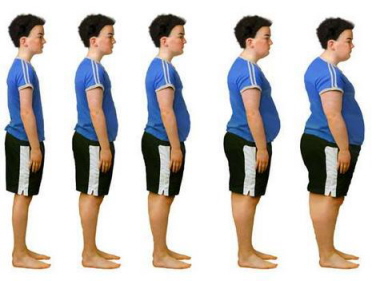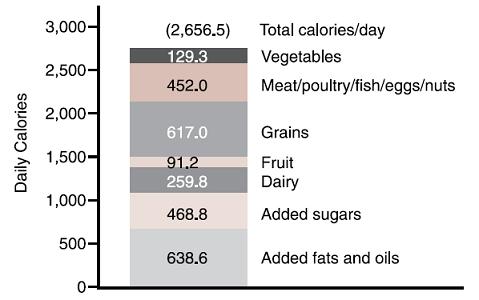I consider every morning I wake up as another piece of evidence in support of the hypothesis that I am alive. In other words, I try not to forget that most of our conclusions and understandings are no more than hypotheses.
A recent paper by Ian Spreadbury called “Comparison with ancestral diets suggests dense acellular carbohydrates promote an inflammatory microbiota, and may be the primary dietary cause of leptin resistance and obesity” caused me to rethink and rephrase a previous hypothesis on the reason for obesity that I presented in a post on this blog a few weeks ago.
In that post I surmised that the body interprets ingestion of sub-optimal foods as an indication of a shortage of optimal foods and begins to accumulate fat in preparation for a period of shortage. Reading the abovementioned paper it occurred to me that acellular foods (flour of all kinds) can also come under the definition of “sub-optimal” foods but that the body should also identify as sub-optimal any unrecognized food or chemical that is ingested. So here is the revised version of the “Evolutionary based obesity hypothesis”:
- Ample availability of fat and meat signal time of plenty and consequently no need to accumulate body fat
- In most people ingestion of relatively larger quantities of starch or any quantity of sub-optimal or evolutionary non-ordinary (unknown) food signal shortage and a need to accumulate large quantities of body fat.
Point 2. actually covers any form of chemical, nutritious or not, that enters our body. If it is not recognized by the body as ideal nutrition the body assumes that the reason you eat it is that there is no sufficient supply of the ideal food i.e. shortage. It is further possible to hypothesize that the “stranger” the food component (the further it is from the ideal food) the strongest the signal of shortage and the more fat the body is bound to accumulate. Just by way of example this definition comfortably cover sugar, large quantity of polyunsaturated fat and sodium azide-generated gluten, all of which were not known to our bodies only tens of years ago.
Here is a chart showing the composition of the typical current American diet. At least 65% of the calories come from “strange” food (Added fats and oil = PUFA, Grains, Added sugars)
Spreadbury’s idea that our microbiota is acting as a sensatory organ is brilliant in my opinion. Adapting it to a more general hypothesis like the one presented here says that ingesting unrecognized types or non-normal quantities of suboptimal food cause change in the microbiota and consequently in signals that result in the accumulation of fat.
I am not convinced yet that the acellularity of flours is their major obesogenic quality . Using the Kitavans as an example is always problematic. Relatively quick and very defined genetic adaptations happen on islands. The food of the Kitavan hasn’t changed for millennia. Those that reacted negatively multiplied poorly and their deleterious genes disappeared. Westerners that will try to eat like Kitavans will likely accumulate fat because for them such a high quantity of starch may not be natural. Kitavans who leave the island to gain weight in greener pastures gain it most likely because their body (microbiota?) interpret the new foods (flour, sugar, PUFA) as “strange” and not necessarily because of its form.
Quite boringly all this lead to the same old conclusion – eat ancestral! However if obesity is the issue ancestral really means going back just 50-60 years ago – bring back animal fat, ditch PUFA, sodium azide’s gluten and too much sugar and cut the industrialized “strange” substances that sell for food nowadays.
Be well








 I am a Ph.D. in archaeology, affiliated with the department of Archaeology of Tel Aviv University. I research the connection between human evolution and nutrition throughout human prehistory.
I am a Ph.D. in archaeology, affiliated with the department of Archaeology of Tel Aviv University. I research the connection between human evolution and nutrition throughout human prehistory.

2 Responses to The obesogenic effect of non-evolutionary “strange’ foods